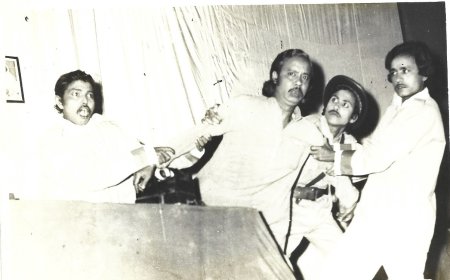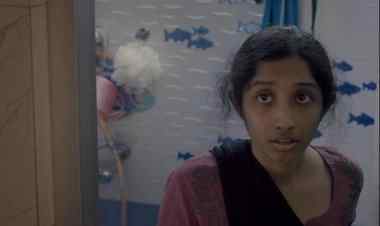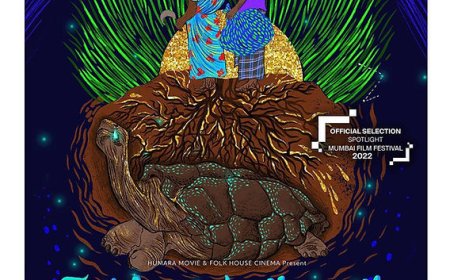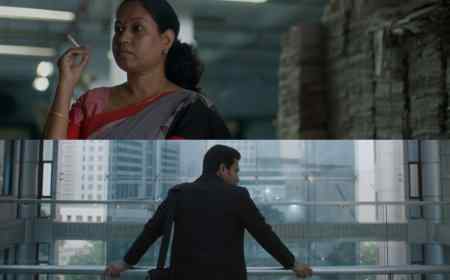The Old Man’s Ode: A Delicate Oscillation of Emotions
Dipankar Sarkar writes, " The film has a formalistic approach and the filmmaker gracefully treads on the brink of sentimentality to deliver an outcome that is a profoundly pure cascade of lugubriousness."
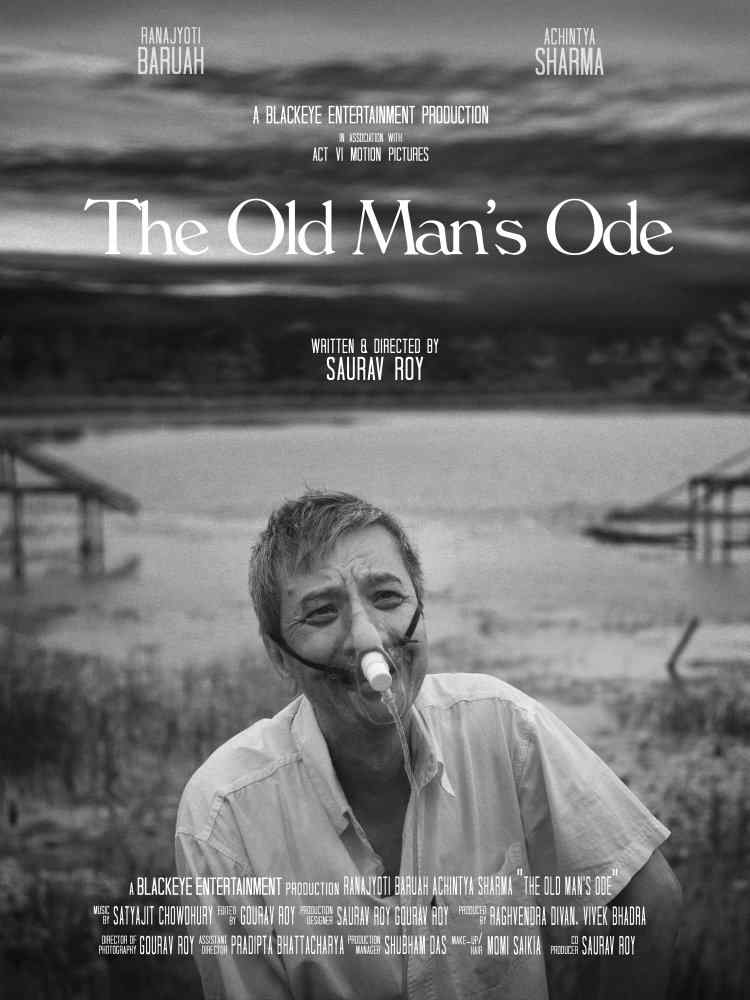
Dipankar Sarkar provides a comprehensive critique of Saurav Roy's short film, "The Old Man's Ode."
As the hands of time continue their inexorable march, it often seems that insecurities, like shadows in the advancing dusk, cast a more pronounced presence in the corridors of our existence. With each passing year, these subtle anxieties may intensify their hold on the fabric of our being. The journey through the tapestry of life, seasoned by such experiences can awaken dormant uncertainties. Saurav Roy’s short film The Old Man’s Ode finds its protagonist grappling with the nuanced complexities of self-assurance and confronting the questions that linger in the recesses of the aging soul.
The film begins with an old man, Nabakanta Baruah (Ranajyoti Baruah). winding his watch and regretting that his memory is slipping away. Nestled on the riverbank, he shares nostalgic tales with his son, unravelling the course of their shared past. However, as he delves into his memories, a subtle undercurrent emerges, revealing an uncanny and ominous reality.
The film has a formalistic approach and the filmmaker gracefully treads on the brink of sentimentality to deliver an outcome that is a profoundly pure cascade of lugubriousness. As the story delves into Nabakanta's introspection which has been a journey of loss, it immerses the audience in a vortex of sensory experiences. The filmmaker carefully plunges the viewer into the intricate reality of an aging man, by shooting in black and white, which provides an intense, distilled, and archetypal vision of the challenges that come with old age. With the presence of a rat that is a figment of Nabakantat’s imagination, the filmmaker further unravels the complexities of decline and the profound reflections that accompany the twilight years of ageing. While the watch serves as a symbolic representation of what has transpired in life, it stands as an undeniable and permanent reminder of the losses endured. Such narrative devices, invite the audience to navigate the stirring landscape of the protagonist's mind.
The cinematographer Gourav Roy, who has multitasked as the editor, production and sound designer, amongst others, captures the intricacies of the protagonist’s emotive psychological wandering and musing. Each frame becomes a canvas where the Nabakantat's soul is painted with strokes of vulnerability, resilience, and raw authenticity. Roy's composition transforms the vast flowing river into a metaphor, a silent narrator mirroring the ebbs and flows of the old man’s odyssey. The river becomes a poetic reflection of life's journey, meandering through the diverse landscapes of emotions, mirroring the protagonist's inner turbulence, and ultimately converging with the boundless sea of human experience. In this symbiotic dance between cinematographer and narrative, the film finds its embodiment creating an immersive and thought-provoking visual experience. As Nabakanta Baruah, Ranajyoti Baruah becomes the vessel through which the audience embarks into the labyrinth of human sentiments. His performance embodies the fragility of a mind navigating the intricate maze of memories and the void left by his departed loved ones. His character, weathered by the passage of time, bears the scars of bidding farewell to dear ones, weaving a tale of heartache and solitude.
The Old Man’s Ode handles a familiar story, allowing us to relate to the plight of an unfortunate old man as he grapples with advancing age, loss, and bereavement.
***
What's Your Reaction?









































